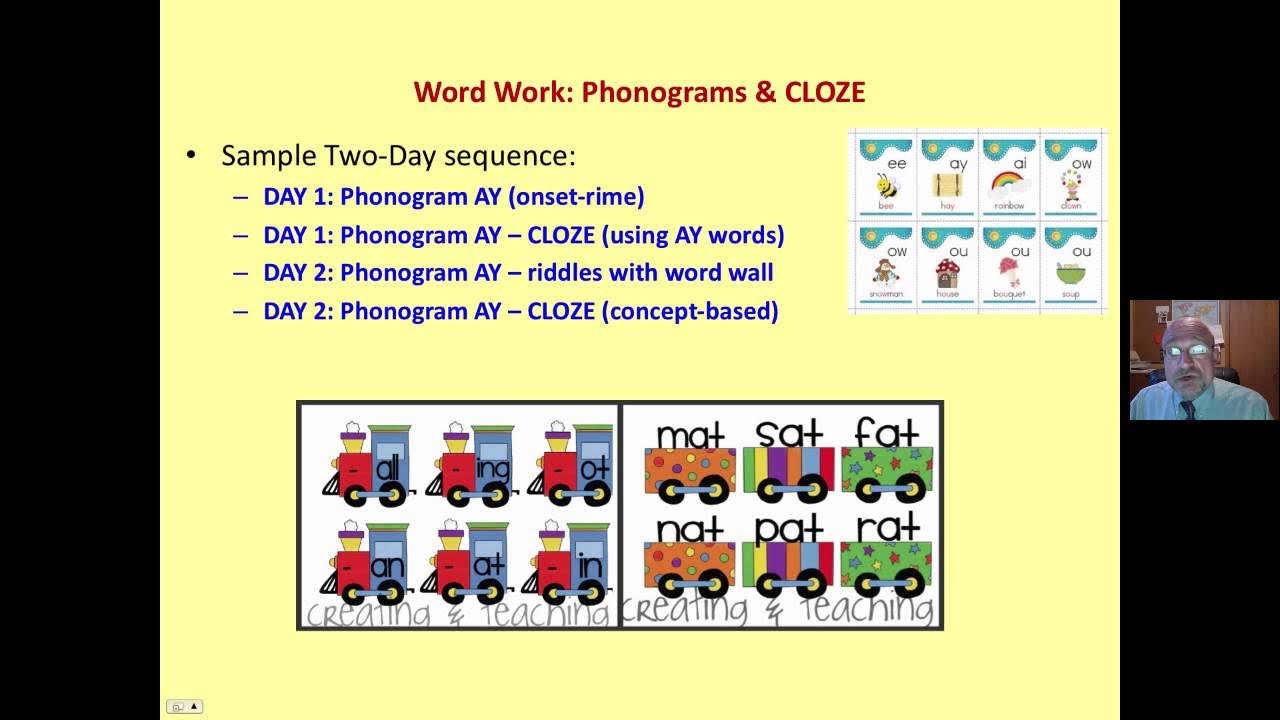Specific Learning Disorder
Summary
TLDRThis lesson discusses specific learning disorders, neurodevelopmental conditions that affect academic skills like reading, writing, and math despite targeted interventions. The script explains that these disorders are influenced by genetic, environmental, and biological factors, and vary in severity from mild to severe. Dyslexia and dyscalculia are highlighted as examples. Early diagnosis and direct instruction targeting the functional deficits are the most effective interventions. The prevalence and impact of learning disorders, including lifelong consequences like lower academic and employment outcomes, are also explored.
Takeaways
- 🧠 Specific learning disorder is a neurodevelopmental condition with a biological basis that affects cognitive abilities and academic skills.
- 📚 The disorder affects key academic areas such as reading, writing, and mathematics, even with interventions targeting these areas.
- 🧬 Genetic, epigenetic, and environmental factors influence the brain's ability to process verbal and non-verbal information.
- 👶 Learning disorders typically emerge during formal schooling years and are diagnosed based on a combination of reports and assessments.
- 🔍 Dyslexia is a common form of specific learning disorder, affecting word recognition, decoding, and spelling abilities.
- ✍️ Impairments in written expression include issues with spelling accuracy, grammar, punctuation, and overall organization of writing.
- 🔢 Dyscalculia refers to difficulties with numerical information, arithmetic facts, and performing accurate and fluent calculations.
- 📉 Specific learning disorders may cause long-term negative effects such as lower academic achievement, higher dropout rates, and underemployment.
- ⚖️ Learning disorders are more common in males and appear across cultures, ethnicities, and socioeconomic statuses.
- 🏫 Effective interventions involve direct instruction in areas of deficit, rather than older methods focused on perceptual or sensory motor processes.
Q & A
What is the primary characteristic of specific learning disorders?
-The primary characteristic of specific learning disorders is a persistent difficulty in learning key academic skills despite interventions that target those difficulties.
Which academic skills are most commonly affected by specific learning disorders?
-Academic skills commonly affected by specific learning disorders include reading, reading comprehension, written expression, spelling, arithmetic calculation, and mathematical reasoning.
What are some of the factors that contribute to the development of specific learning disorders?
-Specific learning disorders are influenced by genetic, epigenetic, and environmental factors that affect the brain's ability to process verbal and non-verbal information accurately.
How are specific learning disorders diagnosed?
-Diagnosis is based on the synthesis of multiple sources of information, including school reports, psychoeducational assessments, and the individual's developmental, medical, family, and educational history.
What are the three severity levels of specific learning disorders?
-The three severity levels are mild (manageable with support services), moderate (requiring specialized teaching and accommodations), and severe (requiring intensive and ongoing teaching and accommodations).
What term is used for learning difficulties related to word recognition, decoding, and spelling?
-Dyslexia is the term used for learning difficulties related to accurate or fluent word recognition, decoding, and spelling.
What areas are affected by impairments in mathematics due to specific learning disorders?
-Impairments in mathematics can affect number sense, memorization of arithmetic facts, accurate and fluent calculation, and accurate math reasoning.
What are some long-term consequences of specific learning disorders if left untreated?
-Untreated learning disorders can lead to lower academic achievement, higher school dropout rates, low self-esteem, social withdrawal, underemployment, and lower income.
How has the treatment approach for specific learning disorders changed over time?
-Treatment has shifted from focusing on underlying perceptual or sensory-motor processes to direct instruction in areas of functional deficits, such as reading, writing, and math.
What is the correct intervention for specific reading disorders?
-The optimal intervention for specific reading disorders is direct instruction in the underlying functional deficit areas, rather than older methods like visual training or sensory-motor exercises.
Outlines

此内容仅限付费用户访问。 请升级后访问。
立即升级Mindmap

此内容仅限付费用户访问。 请升级后访问。
立即升级Keywords

此内容仅限付费用户访问。 请升级后访问。
立即升级Highlights

此内容仅限付费用户访问。 请升级后访问。
立即升级Transcripts

此内容仅限付费用户访问。 请升级后访问。
立即升级5.0 / 5 (0 votes)






